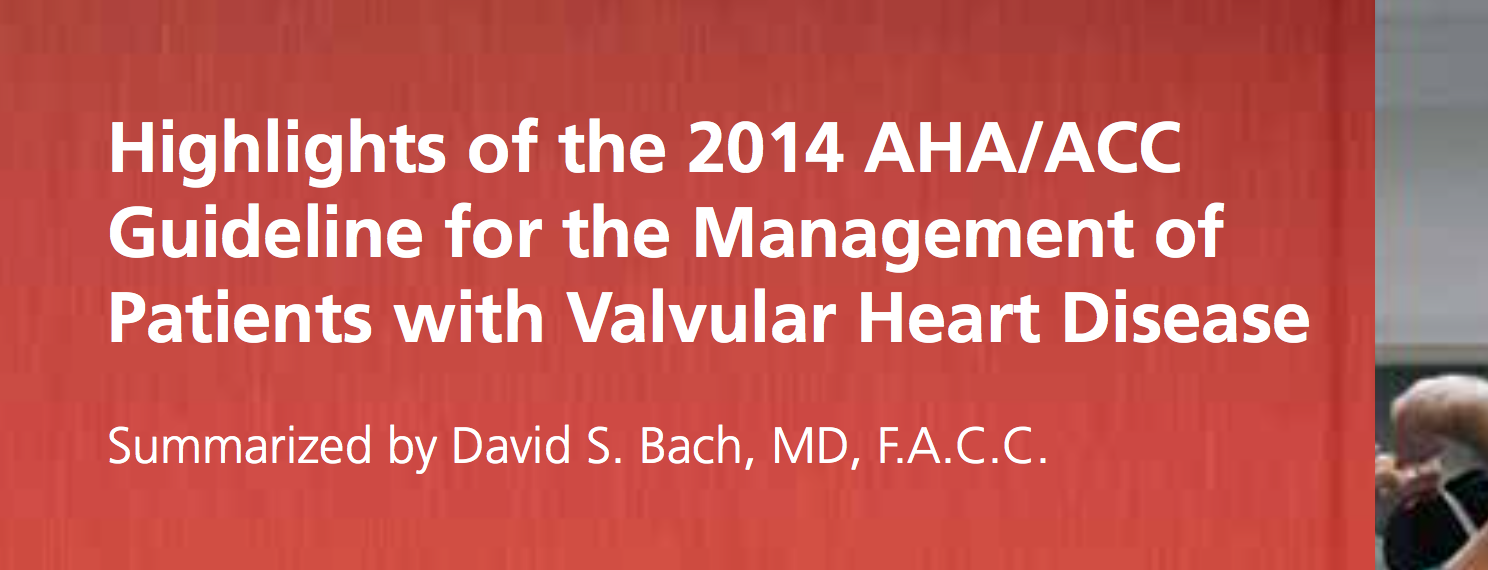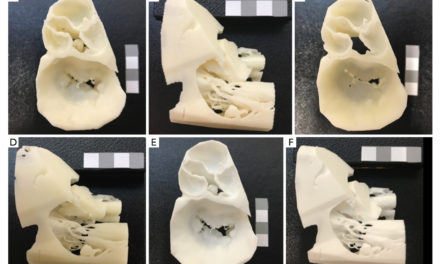Speaker
Steven A. Goldstein, MD
Director, Non-invasive Laboratories
MedStar Washington Hospital Center, Washington, DC
Details
Date: April 1, 2015
Time: 1:00pm ET
About
Aortic pathologies are numerous, presenting manifestations are varied, and aortic diseases present in many clinical services. Many aortic diseases manifest emergently and are potentially catastrophic unless suspected and detected promptly and accurately. Optimal management of these conditions depends on the reported findings from a handful of imaging modalities. During this webinar, Dr. Goldstein will provide a comprehensive overview of the newest guideline document, Multimodality Imaging of Diseases of the Thoracic Aorta in Adults: From the American Society of Echocardiography and the European Association of Cardiovascular Imaging, to include a review of the applications of these noninvasive imaging modalities to aortic disease.
Learning Objectives:
By the end of this presentation, the viewer should be better able to:
- List the relative strengths and weakness of each of the major imaging modalities (Echocardiography, CT-scan, MRI) for diseases of the thoracic aorta.
- Explain how to measure the aorta on echo and CT-scan.
- Describe the role of noninvasive imaging for the diagnosis of acute aortic syndromes, including aortic dissection, intramural hematoma, ruptured aortic aneurysm, and penetrating ulcer.
- List the imaging hallmarks that distinguish “classic” aortic dissection from intramural hematoma.
- List several and describe several pathologies that are associated with bicuspid aortic valve.
- Describe a system for grading aortic atherosclerosis.












